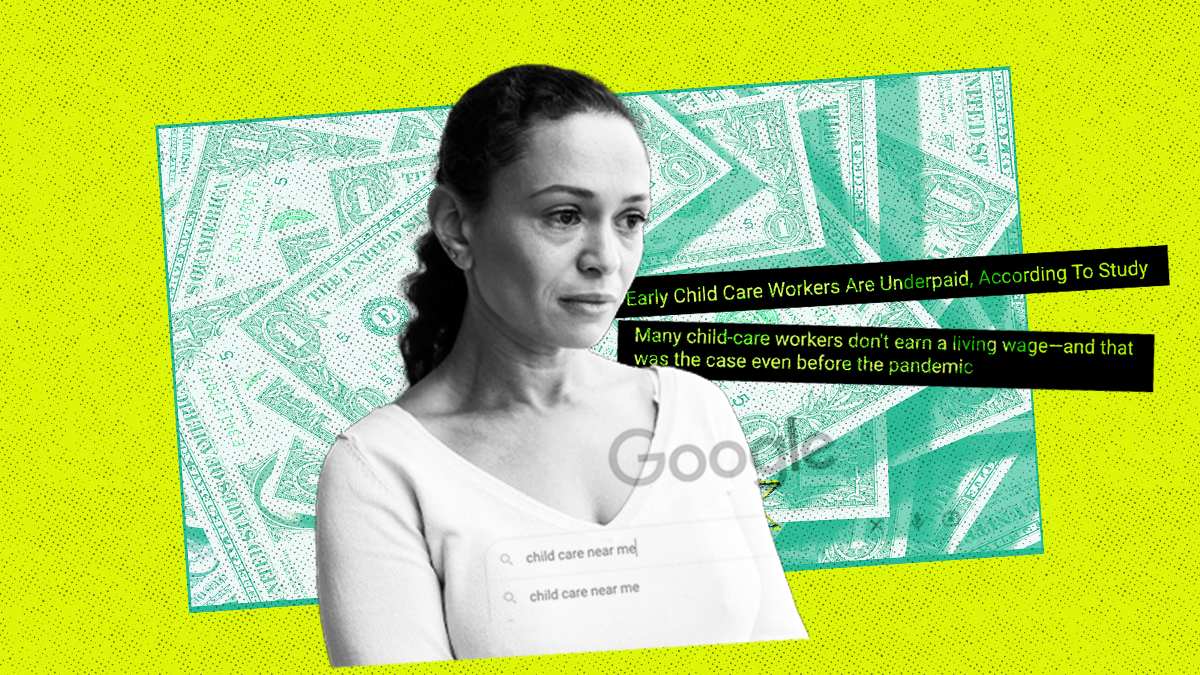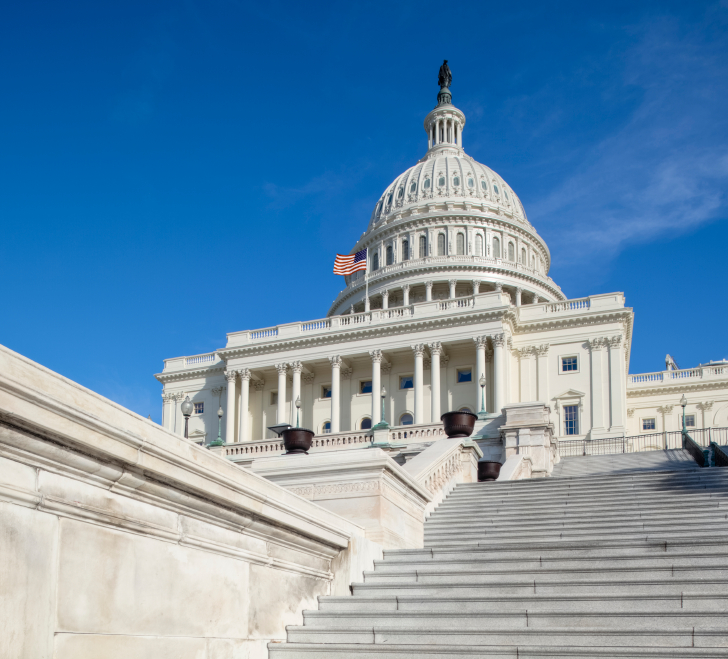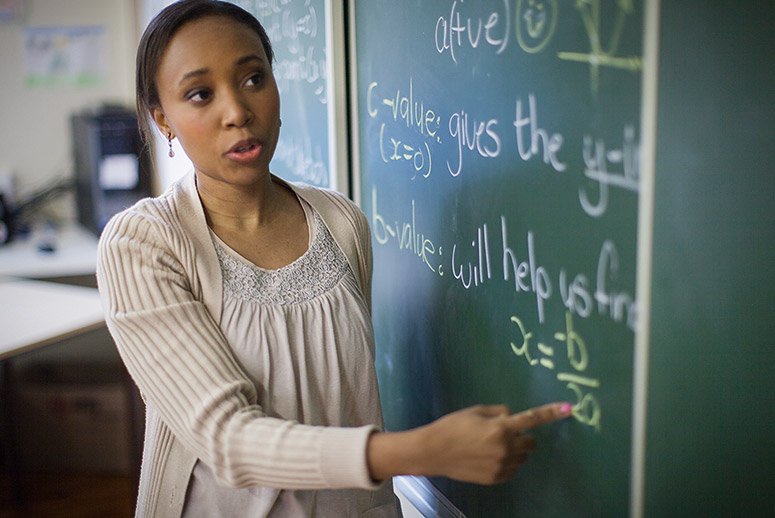NWLC and CLASP Unveil Report Highlighting the Effects of Pandemic-Era Child Care Funding Ahead of Critical Funding Deadline
Washington, DC – The National Women’s Law Center (NWLC) and the Center for Law and Social Policy (CLASP) today released a report examining the far-reaching impacts of pandemic-era child care relief funding on women, families, and early educators.
In 2021, Congress made a historic, temporary investment in child care, the largest since World War II, through the American Rescue Plan Act (ARPA). This legislation provided states with $24 billion for child care stabilization grants, which ended last September, and $15 billion in supplemental funding for the Child Care and Development Block Grant (CCDBG) program, set to expire on September 30, 2024.
The report reveals that this temporary influx of funding led to significant benefits—reducing child care costs for families, increasing wages for early educators, and strengthening the overall child care sector. However, as this funding runs dry, families and providers are now grappling with rising tuition fees, fewer child care options, and increased hardship for early educators.
Read the full report: Cliff Notes: Pandemic Relief Funding Teaches Lessons about the Need for Sustained Child Care Investments
For a one-page summary of key findings, click here.
“The report makes it clear that public investment in child care works, and that our current child care crisis is a policy choice,” said Melissa Boteach, Vice President of Child Care and Income Security at the National Women’s Law Center. “With the last of this critical funding expiring soon, Congress must act now by passing $16 billion in emergency relief, alongside long-term investments, so that families and early educators can have the robust, fully funded child care system that they need and deserve.”
“Without significant and sustained federal investment, the challenges and inequities plaguing the child care sector will worsen and states will backslide on the progress they achieved using the relief funds to make care more affordable and easier to find,” said Stephanie Schmit, Director of Child Care and Early Education at the Center for Law and Social Policy. “While robust and sustainable resources are essential, as a start, we’re calling on Congress to invest at least $16 billion in child care funding so we can maintain the advances made possible by the pandemic investments.”
NWLC and CLASP are spearheading efforts to secure $16 billion annually in emergency supplemental funding to mitigate the effects of expiring ARPA child care aid. A recent data analysis from NWLC, released in May, shows that the looming funding shortfall is already making child care less accessible for families across the nation. NWLC and CLASP are also closely monitoring the ongoing impacts of the loss of federal funding on child care providers nationwide.
###




